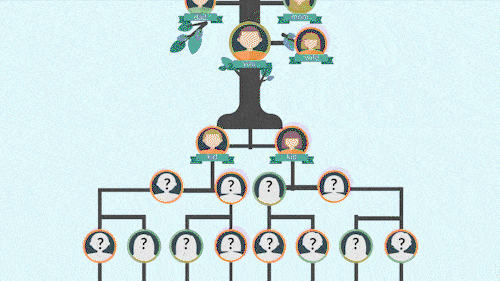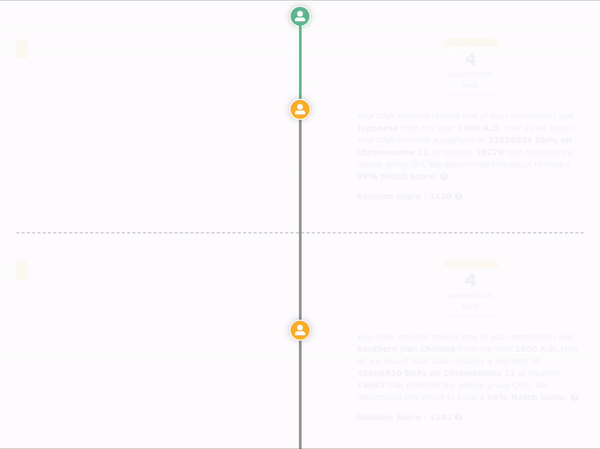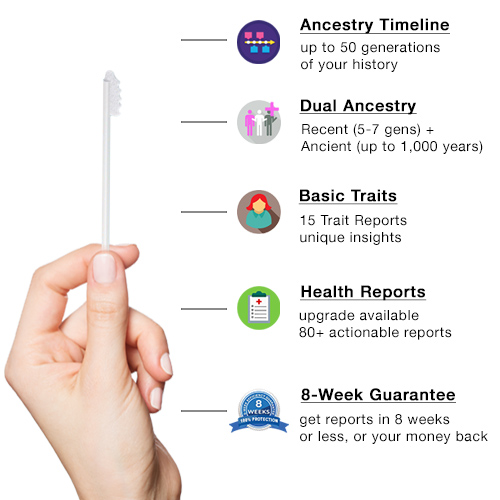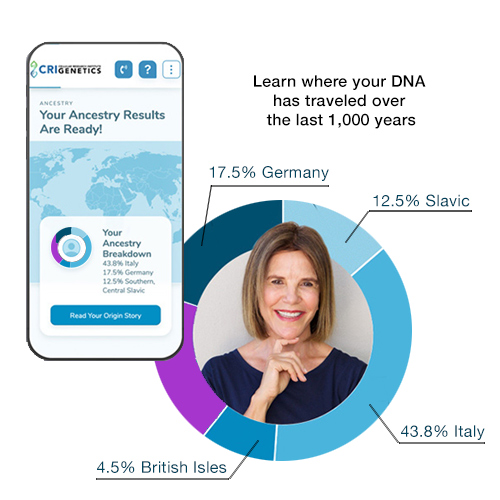Get exclusive offers & take a free tour by joining below
See sample ancestry reports
Unlock Your Genetic Secrets Empower Your Life
Begin your journey

Ancestry Questions?
CRI Has The Answers!
- Ancestry + Traits offers a unique breakdown of your ancestry, PLUS 15 detailed trait reports that reveal how your ancestors shaped your story
- Health + Ancestry includes 80+ Health reports that can help you reach your health goals, along with Dual Ancestry and Timeline reports so you can explore your ancestral lineage
- Experience the gift that keeps on giving with CRI Weekly Reports, always new and chosen by YOU
- Tap into Dr. Alexei Fedorov's 35+ years of genetic knowledge for greater peace of mind about what your DNA says about you
- Rest assured that your privacy is always our top priority, and your data will never be shared without your explicit consent
- CRI's top-rated customer service team provides helpful support on your genetic journey for any questions you may have along the way

Some DNA tests include an Ancestry Timeline...
Only CRI's can go back up to 50 generations.
Included in every DNA test at CRI Genetics: Your Advanced Ancestry Timeline.
Add the WHEN to the WHERE of your ancestry and see pinpointed periods in history when each heritage joined your family history.
This breakthrough tool will confirm some family stories while also helping you make sense of surprises and mysteries.
Enhance your journey of genetic discovery with Trait Tracer.
Trait Tracer is a CRI-exclusive feature that levels-up your Ancestry Timeline a step further by showing you unique traits you inherited from specific ancestries.
Wherever your ancestors are from, Trait Tracer can show you how they contributed to your identity.
Only at CRI Genetics: Explore the timeless traits of your past and connect with those who gave them to you.

What Secrets Are Hidden In You?
.png?width=1200&name=1st%20(1).png)

Recent Ancestry
1 Report
Uncover your last 5-7 generations with Recent Ancestry's interactive map and ethnicity estimate wheel
Ancient Ancestry
1 Report
Unearth the diverse regions of your deep past by going back up to 1,000 years with your Ancient Ancestry Report
Advanced Timeline
1 Report
Add context to your Dual Ancestry results with your Ancestry Timeline Report, which details your past up to 50 generations back

Maternal Haplogroup Report
1 Report
Trace your maternal haplogroup and how it moved around the world throughout human history with your Maternal Haplogroup Report, all the way to your mother and now you!

Paternal Haplogroup Report
1 Report
Trace your paternal haplogroup and how it moved around the world throughout human history with your Paternal Haplogroup Report, all the way to your father and now you!

Famous People Report
1 Report
Find out which famous people and historical figures you may share DNA with, derived from your same haplogroups, with the Famous People Report

Nutrition
16 Reports
Reveal how your body absorbs and makes use of the most essential vitamins and minerals for optimal health with Nutrition Reports
Weight Loss
9 Reports
Get the skinny on better ways to control your weight through genetically based diet, nutrition, and exercise plans with Weight Loss Reports
Metabolism
11 Reports
A one-stop shop on ways to boost energy and improve sleep


Wellness
17 Reports
From inflammation to cardiovascular health, these reports provide insight into what makes your body tick
Immunity
7 Reports
Immunity, resistances, and inflammation factors take center stage in these immunity reports
Beauty
14 Reports
Bodacious beauty reports offer an inside look at aging factors

Allergy
17 Reports
Insightful allergy reports help you learn what allergens impact you.

Taste
7 Reports
Tantalizing taste reports detail your ability to taste certain flavors and detect fat in foods, plus your propensity for cravings


Special Abilities
13 Reports
Discover all the ways you're unique and one-of-a-kind with Special Ability reports
Social
15 Reports
Uncover the secret personality traits inside you with these eye-opening Social reports
Unique Traits
18 Reports
Bodacious unique traits reports that you've got to read to believe
.png)

Brain Health
25 Reports
You'll better understand the secrets of how your mind works
Energy
14 Reports
Boost energy levels & get optimal sleep with Energy Reports, which offer actionable advice on how to customize your routin
You'll Never Look At Family Photos The Same Way Again
Knowing your background gives you a deeper connection to all the corners of the world that your ancestors come from. We can help you confirm some things you already knew, and uncover some hidden surprises too.
Get A Detailed, Accurate Breakdown Of Your Heritage.
Our reports give you the level of detail you deserve. We cover a wide variety of ancestries, including Jewish heritage and full breakdowns of European, Asian, and African ancestries.
Learn More About Who You Are With Dual Ancestry Reports
One report shows you a breakdown of the most recent ancestries in your family history.
The other goes back much farther to show you the Ancient Origins of your DNA.
All From The Comfort Of Your Home.
1. Order

Begin your journey by ordering a home DNA test kit. Your kit will be delivered within 3 to 5 days of your purchase.
2. Swab & Ship

Your DNA test kit will come with detailed instructions. Collect your DNA samples and mail them back to us in the pre-paid package.
3. Explore
You will receive an email 6-8 weeks later letting you know that your reports are ready. Log into your account and explore.











